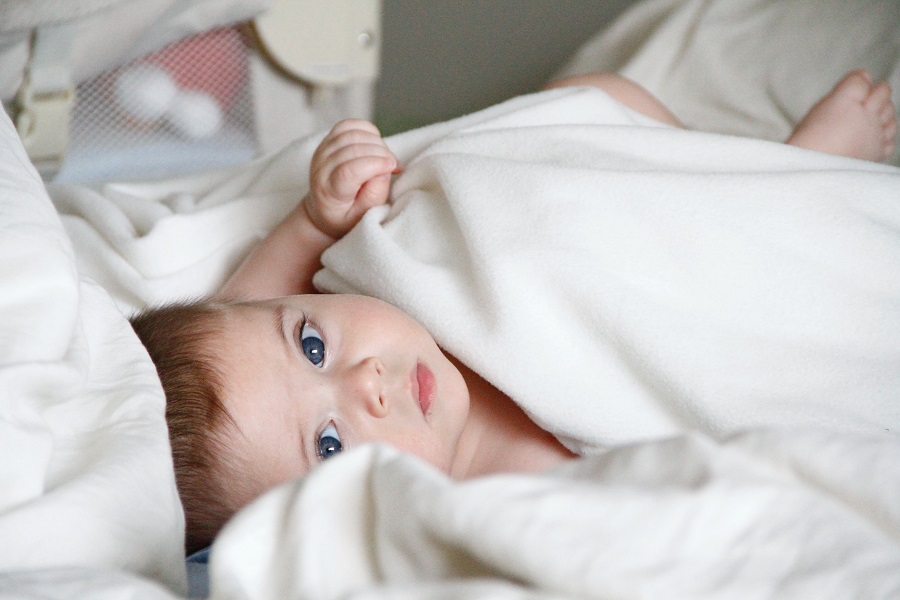The regional health agency for Provence-Alpes-Côte-d’Azur is activating the next level of an action plan in its hospitals to help ease the strain brought on by the bronchiolitis epidemic.
The Provence-Alpes-Côte-d’Azur (PACA) region is overwhelmed by cases of bronchiolitis, a respiratory illness that affects babies and young children under two, which, when left untreated, can become very serious.
To cope with the rising caseloads, the region has activated the first level of internal mobilisation in healthcare establishments, known commonly as a white plan or plan blanc. Prior to the white plan, the region had a lower grade scheme in place.
“For five weeks, PACA has been facing an epidemic of bronchiolitis,” says a spokesperson for the Regional Health Agency (ARS). “The epidemic indicators exceed the level of all the epidemic peaks of the previous winter seasons.”
According to the agency, there were 730 emergency room visits last week for the illness, compared to 502 the previous week. Hospitalisations were also on the rise, going from 196 to 259 in the same time frame. The only département in PACA not to see a rise of cases is Alpes-de-Haute-Provence.
The alarming increases spurred the decision to trigger the white plan, which gives health care facilities increased ability to take care of its young patients. It includes the activation of hospital crisis units, adding more paediatric staff, and increasing reception capacity by rescheduling non-urgent surgeries. The hope now is that the white plan will be sufficient to steady or decrease the number of patients.
Bronchiolitis does not require hospitalisation in 95% of cases and can usually be treated by a doctor. Slowing the progress of the disease can be helped by regular hand washing, airing rooms 10 minutes a day, making sure toys are cleaned, and not sharing drinking vessels or cutlery.
Go to hospital if serious signs emerge, such as difficulty breathing, a respiratory rate of greater than 60 breaths per minute, or a 50% drop in appetite compared to usual intake.
Photo source: Michael Bar Haim for Unsplash
